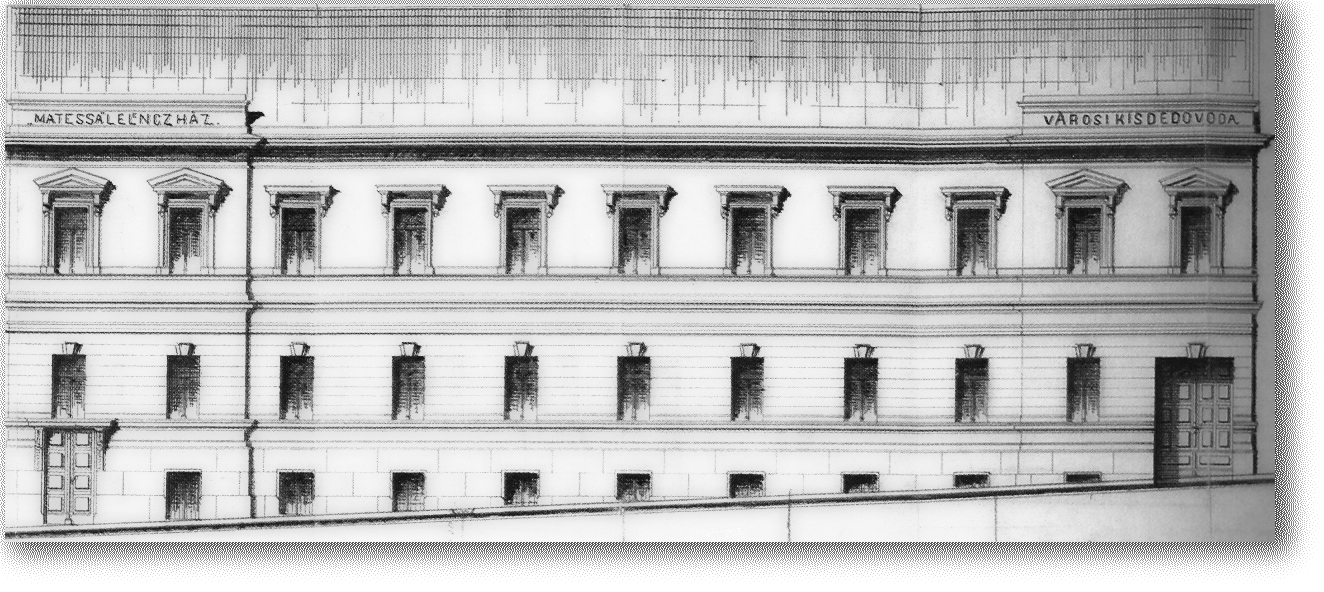HISTORY OF TRANSDANUBIAN RESEARCH INSTITUTE
2.2. The second period: from becoming an academic institute until the 1970s
In 1955, the Institute became a part of the research institute network of the Hungarian Academy of Sciences. Its staff had already expanded to eight researchers. During this period, several researchers came to work in the Transdanubian Research Institute such as:
LAJOS RÚZSÁS - historian
FERENC SIMOR - meteorologist, climate researcher
GYÖRGY LOVÁSZ - geographer
KLÁRA T. MÉREY - historian
ISTVÁN KI ANDRÁSFALVY - ethnographer
JÁNOS KOLTA - researcher of economic geography
Thus, looking at the researchers' science fields we can see a natural science and a social science "branch" outlined: the representatives of both sciences studied Transdanubia from various aspects. Although the Institute's scientific development had always seen such a duality, we could never definitely say that purely "natural science" or "social science" research had been carried out here: there were some periods when the one but sometimes the other "strand" prevailed forcefully. The ruling, large political parties and movements had a great role in it, as well as the academy, the science policy objectives of the Institute's management, local politics, and last but not the least the individual orientation of active scholarly professionals, since many of them were actively involved in local life and also took on a cultural mission in the life of the city. One could think Zoltán Szabó Pál's such activities, as in 1948, when he organized the National College of Education in Pécs, without leaving the Transdanubian Research Institute, and took part in the re-launching and participating in the educational work of the he Faculty of Arts of the University of Pécs in 1945, having closed down in 1941. The role of LAJOS RÚZSÁS, ANDRÁS BABICS and KLÁRA T. MÉREY also must be mentioned in the South Transdanubian Group of the Hungarian Historical Society in this matter. The Institute held close relationship with the academic committees, played a leading role in the life of national and local scientific and cultural associations, and nursed relations with them (Association for the Scientific Education, Hungarian Historical Society, the Hungarian Geographical Society, University of Pécs, Pécs Archives, Directorate of Baranya County Museums). Although the Transdanubian Research Institute from 1947 published its current research results in the "Transdanubian Research Collection" series, the publication was suspended until 1949-54. However, when the institute had become an academic institution, publication was relaunched and 45 papers were published. From 1958 the research results were published in series under the title "Értekezések" ("Treatise").
During the 1950s and 1960s the backwardness of South East Europe's economy was most apparent in mining and industry. It was history science that had to undertake the task to find out what were the reasons behind the backwardness and the distorted structure of South Transdanubia's industrial development. The industry was underdeveloped and its negative impact on the general economic situation was treated as a fact, however, these were also the decades when the Soviet-style "socialist" industrialization started and boomed. in Hungary. This, of course, had a strong impact on the Institute research subjects as well but as we look back, the results of this research have become valuable work of industrial history providing a lot of interesting facts about the city's and the region's life, society and culture, even if their approach has strictly of scientific nature.
In addition to industrial history researches also paid attention for social changes accompanying industrial development, especially the changed living conditions and circumstances of peasants and industrial workers, as well as their political organization which provided valuable historical information and context. In this respect the researches of ANDRÁS BABICS, LAJOS RÚZSÁS, KLÁRA T. MÉREY and BERTALAN ANDRÁSFALVY were outstanding.
In the early January of 1963 ISTVÁN KIRÁLY entered the Institute as the fourth history researcher. His paper "Some aspects of the dissolution of the peasantry in the early twentieth century" was published in 1952, and proceeding from one of the issues discussed there, he studied the development of animal husbandry in Somogy Countyas as an external expert.
In 1960, however, ethnographic researches started in the Institute. BERTALAN ANDRÁSFALVY a research fellow researched the relationship between Hungarian viticulture with Southeast-European wine culture. He examined the wine culture of the Balkans in details in the vineyards of Albania. In addition to this he investigated the floodplain management in Tolna County, Sárköz and the Danube area in the past centuries. With all of these he contributed to draweing the lines of the European floodplain management. He also made significant progress in the research of the interaction of the twinning villages, ethnic groups and local cultures.

 The Past
The Past Directors
Directors Researches
Researches Publications
Publications Staff
Staff Photo albums
Photo albums Timeline
Timeline Magyarul
Magyarul

